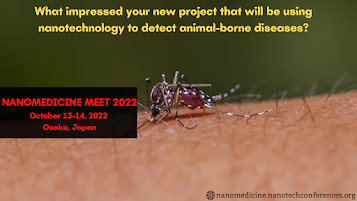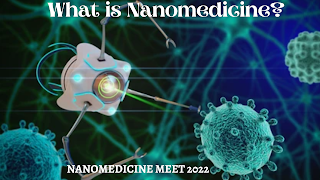What impressed your new project that will be using nanotechnology to detect animal-borne diseases?
The idea stemmed from one among-st the cluster discussions that occurred throughout the Scialog conference on Mitigating animal disease Threats. Throughout the discussion, my now-collaborator on this project, on police investigation of mosquitoes and also the conscientious steps concerned in detective work infected mosquitoes.When it involves the police investigation of larger animals, like Bos Taurus, a monitor on their collar will be accustomed discover changes in displacement; this can be not the case for smaller animals like mosquitoes or ticks.
There is a honey-baited
card that's utilized in dipteron
traps to gather potential pathogens from mosquitoes’ secretion. However,
all cards (infected or not) ought to be collected from the traps and analysed
with tedious techniques. These pricey protocols will hinder the readying of
excellent police investigation programs within the United States of America.
On the opposite hand, sensors victimisation nanoparticles to point the presence of a infective agent by a color amendment are enforced for several different applications. Having the ability to transition this engineering to form the detection of pathogens in mosquitoes attainable looks like associate impact concept that we have a tendency to square measure excited to pursue.At present, the process to assess threats from mosquitoes can be a laborious process that includes arranging huge traps, identifying the mosquitoes and performing molecular assays on them to establish possible pathogens they host, Tetard says.
The man of science and her team, with the assistance of execs
in nanomaterial styles and from the Department of Agriculture, aim to form a
full of life material which will amendment color if pathogens gift. Such
associate degree innovation would significantly minimize the work concerned in
dipteran capturing and filter that samples can host probable pathogens to look
at.

.png)

Comments
Post a Comment